Antonio Iommelli (Naples, 1985) has been director of the Civic Museums of Palazzo Farnese in Piacenza since July of last year. An art historian and scholar of the Baroque, before taking on this important position he worked for three years at the Galleria Borghese and is at his first experience leading a museum. The new director’s main challenge will be to strengthen the dialogue between the museum and the city, and there are many projects: the first initiative, the exhibition on the Fasti of Elisabetta Farnese, has made an excellent start. What plans does Antonio Iommelli have for the museums? What are the priorities? How to network the city’s various cultural institutions? These are some of the questions we asked him in this interview in which the director tells us his ideas for the Civic Museums of Palazzo Farnese. The interview is by Federico Giannini.
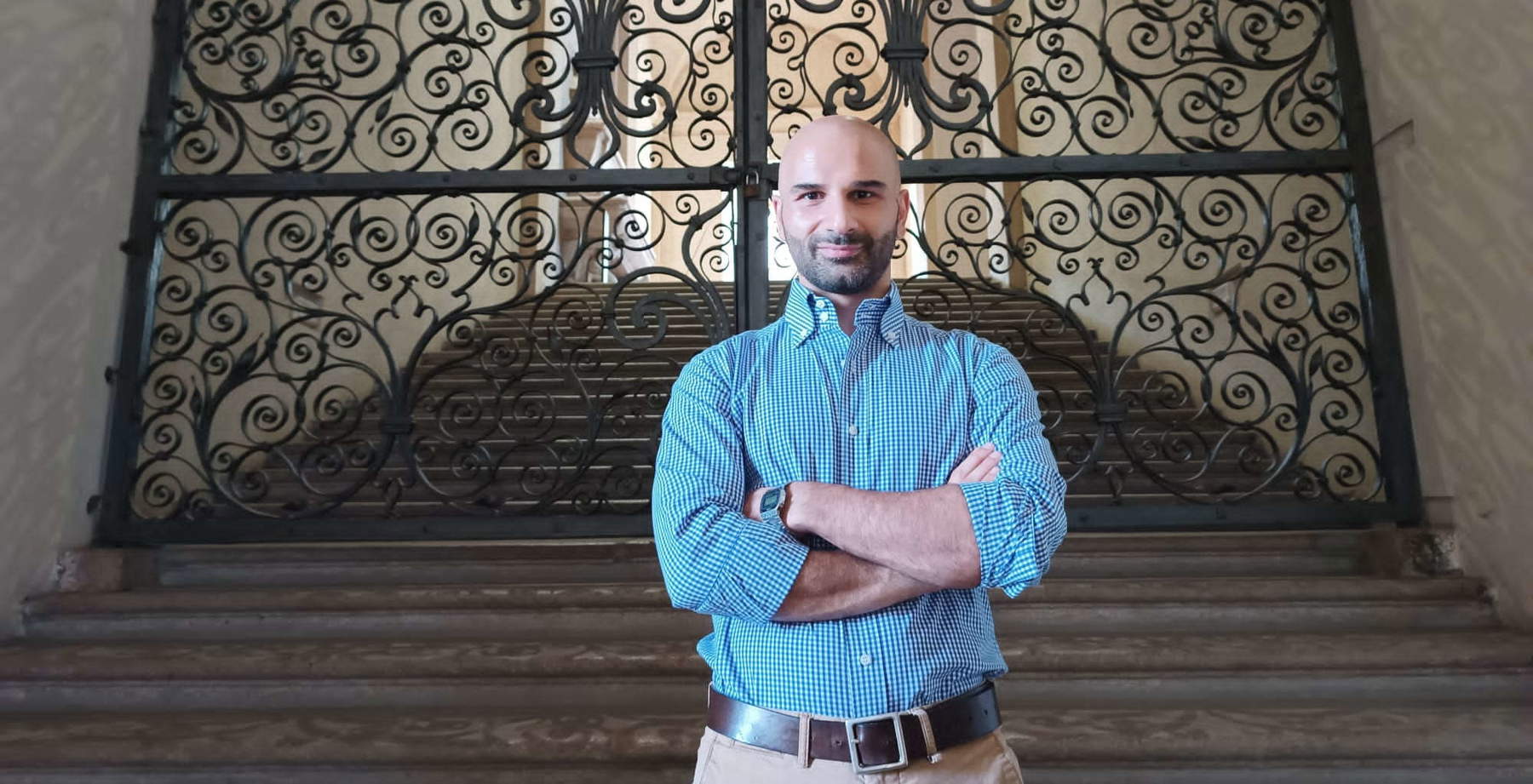
FG. In less than a month the exhibition on the Fasti of Elisabetta Farnese will close: how is it going?
AI. The exhibition is going very well. Visitors are happy and many are stopping me to thank me or to ask me for the title of a book from which to explore Elisabeth’s life. I am also receiving many positive comments from scholars who write to congratulate me on my work and to suggest interesting initiatives. Those who live in Piacenza confirm to me that there are many more people than usual and I myself am meeting during the evening openings people who had never been to the museum before. Parallel to the exhibition, we have organized a series of events including dance, music, theater and guided tours that lead the public to discover the worlds, spaces and personalities that animated the city in Elizabeth’s time, an initiative that is proving very successful. In short, we are somehow managing to raise an interest in the city and in the figure of Elizabeth.
Let’s make a point about the returns of the exhibition: first of all, let’s say that it is an exhibition built with a relatively low expense, since we are talking about an exhibition of something more than 300 thousand euros, which compared with exhibitions of the same type and taking into account the fact that it is a scientifically impeccable exhibition, is certainly not a high figure. It is, however, an exhibition with which, if I understand correctly, you want to start a path of valorization of Piacenza’s treasures, so we have to understand it as an investment: from this point of view, what kind of returns is the exhibition giving or do you expect from the exhibition, I’m really talking about cultural growth, and how do you intend to put them to use?
I would like to build a kind of diffuse museum, populated by a community that feels the need to attend the museum regularly. I would like to make it a space for cultural transmission, dialogue, education, a laboratory of ideas, but in order to do this we need on the one hand to guard its mission, and on the other hand to work to remove all those obstacles that prevent its accessibility, starting with the enjoyment of its contents. For this exhibition, for example, we used technology: thanks to tools such as video projections, holograms and immersive rooms, the public can follow the narrative more easily. Turning the museum into places of experience and sharing, I believe, is the recipe for enticing visitors to return to the museum. Another aspect that is important to me is the enhancement of the collections, starting from the works in the museum to rediscover the traces of the past and understand their connection with the present and the places where we live. This exhibition is an example of this: the Fasti celebrate a history and with it the cultural climate of a duchy in one of its greatest moments, a narrative that confronts us with the realization that it is not the places that are magical, but rather the experiences that are lived in those places.
The mention of collections allows me to latch onto a particularly interesting topic, that of relations with other museums, because in order to make this exhibition you had to establish relations with other entities. How did the Civic Museums of Palazzo Farnese move on the level of institutional relations and how do you then intend to continue on this work of building the network with other museums not only in the territory, but also in the rest of Italy or even beyond Italy?
The relationship with institutions has been fundamental. In the case of the Elisabetta Farnese exhibition, we worked especially with the Reggia di Caserta and Parma, from which several works come. We have had the patronage of the Ministry of Culture and the Emilia-Romagna Region while the Embassy of Spain in Italy and the directors of the Pilotta, the Reggia di Caserta and Venaria Reale have all joined the Committee of Honor. I will not hide from her that I would like to expand this network by incorporating all the places and residences inhabited by the Farnese, such as Rome, Tuscia, Castro, and Parma, creating a “diffuse museum in the shadow of the Lily.” This is important if we think that museums represent pivotal places for territories and local economies and that they often alone (or at least Palazzo Farnese alone) have difficulty attracting resources and identifying those goals to face contemporary challenges.
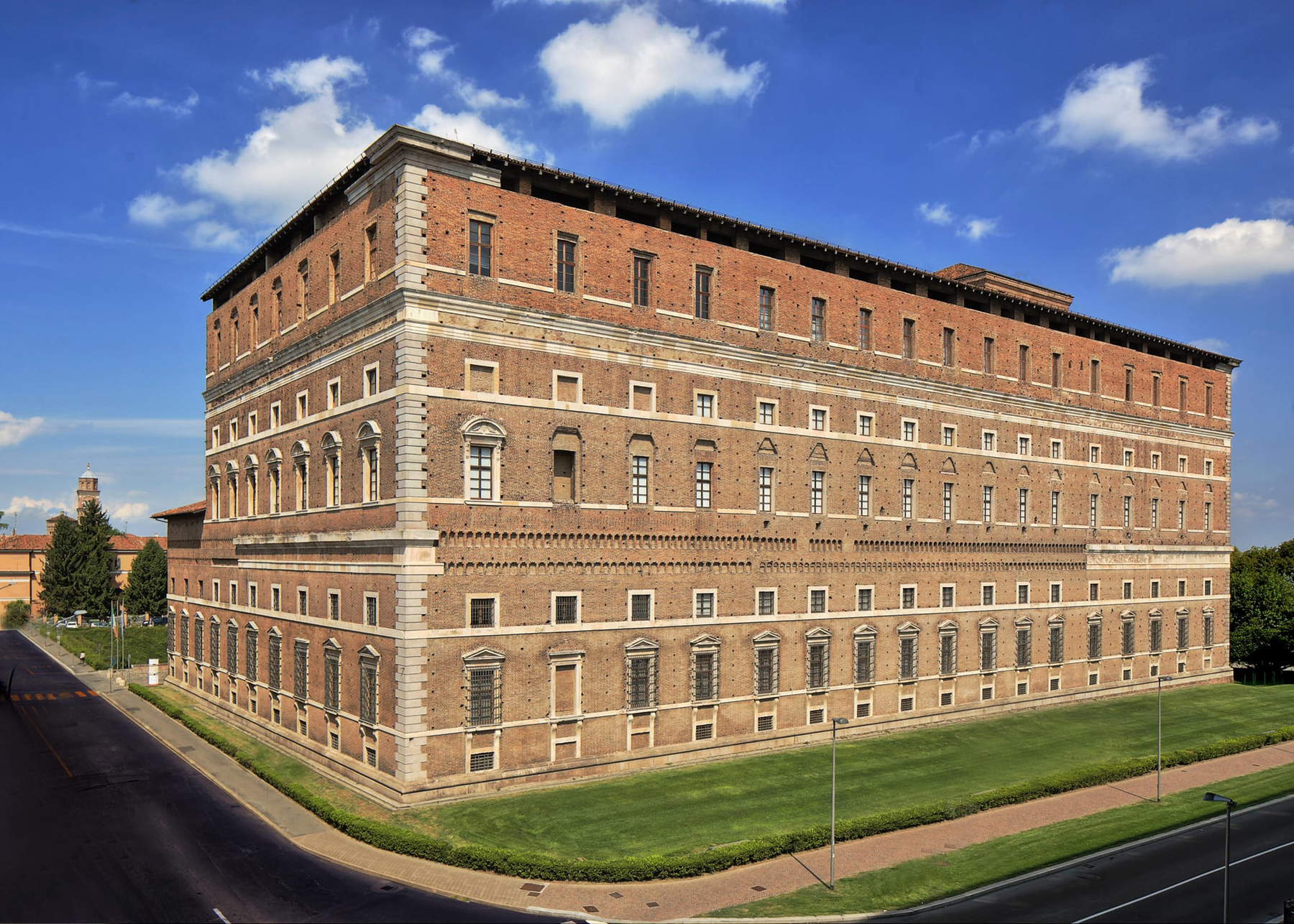 Piacenza
Piacenza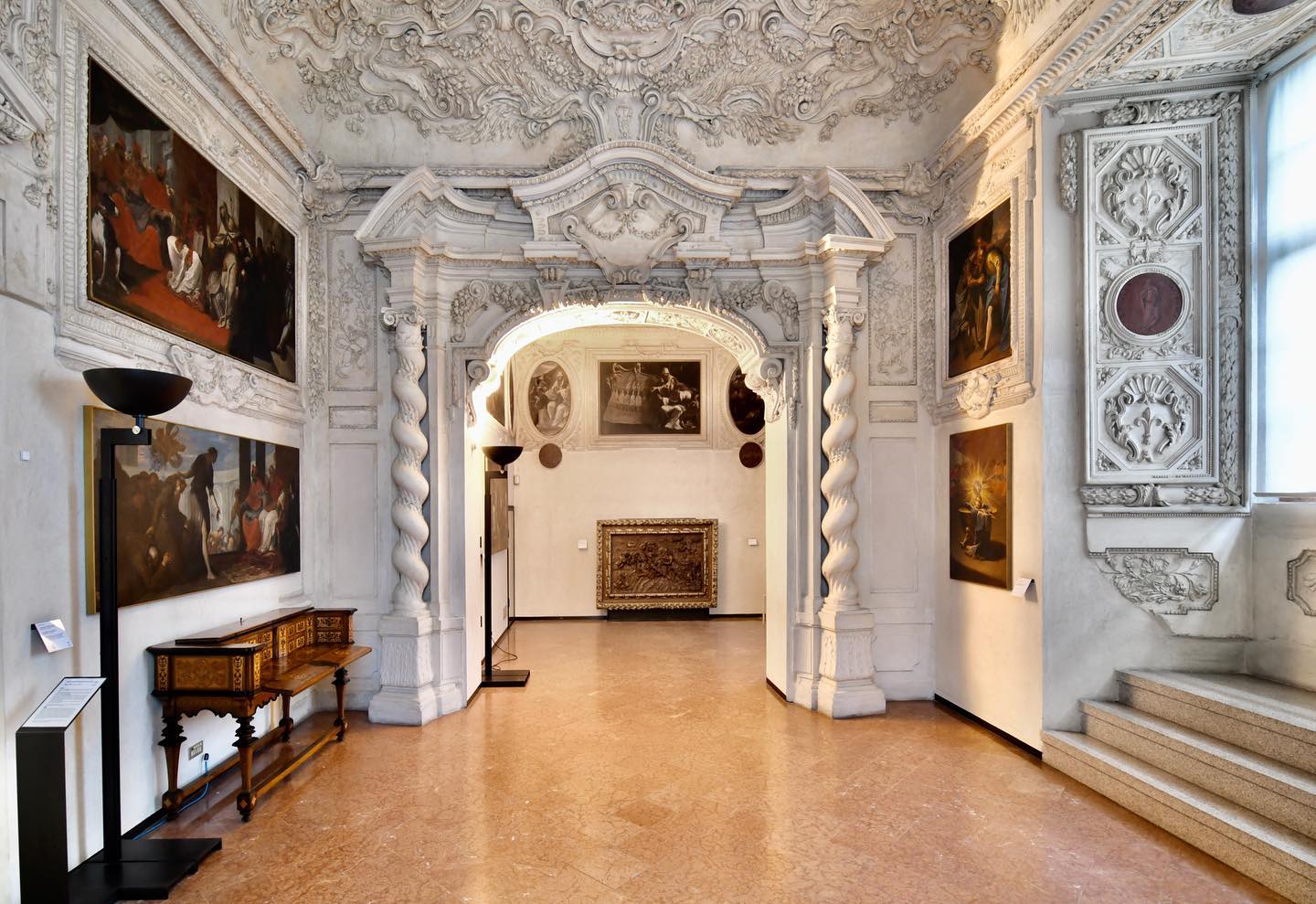 Piacenza
Piacenza Piacenza, City Museums of Palazzo
Piacenza, City Museums of PalazzoInstead, with the other realities of the territory, with the actors of Piacenza’s cultural life, how is the dialogue proceeding?
The dialogue is very positive. At Christmas, a painting executed by Elisabetta Farnese was exhibited at the headquarters of the Banca di Piacenza, the main sponsor of this exhibition, as well as some events of the Inverno Farnesiano program were organized at Collegio Alberoni and the Fondazione di Piacenza e Vigevano. On Sundays, thanks to a shuttle bus, visitors can reach Collegio Alberoni, which, in parallel with the exhibition at Palazzo Farnese, displays Cardinal Alberoni’s most important letters and documents related to the “grand manege,” that is, the marriage between Elizabeth and Philip V. There was immediately a good feeling also with both the Ricci Oddi Gallery of Modern Art and XNL, a center for contemporary art, cinema, theater and music, with whom, and together with the Cathedral Museum of Piacenza, I would like to work as soon as possible.
On the occasion of this exhibition, the museum inaugurated guided tours of the exhibition with the director: is the initiative succeeding? Are you going to do it again?
Yes, a real success and they are all sold out, as are the thematic lectures: I did one for Valentine’s Day on love and art and I replicated on March 8 with a lecture on art and women. To count in the evening, more than seventy people, interested in art is an incentive for me to do more! It is good to see people who want to be there and want to learn: in October I will start a basic art history class. It will be held on Friday evenings, after 7 p.m., allowing especially those who are busy with work to be able to attend the museum, which will be open for the occasion, at a more favorable time.
Since you became director of the Civic Museums of Palazzo Farnese, you have often repeated on public occasions a phrase that has become, I would say, a kind of slogan, which is that the museum must “take Piacenza out of Piacenza,” and by this you intend to make the city’s treasures known to its inhabitants, because as is often the case the relationship between the city and its museums could be much closer. How do you intend to work toward this goal?
“Taking Piacenza out of Piacenza” means making the city dialogue with the different realities that surround it, with which we have to weave a network. I am thinking of Cremona or Genoa with which, in the past, artistically speaking, Piacenza has had a rather close dialogue, as well as Bologna, Milan and Parma. A cultural exchange that can allow us to go beyond the confines of Piacenza’s walls and make Piacenza and its treasures known to a wider audience. The Farnese were a great family: why not build and promote itineraries in their footsteps? From Naples to Rome, to Belgium, to Spain. An interrelationship that could also take place in a non-physical, “virtual” space, a new space in which to realize goals and simultaneously foster research.
He answered this question using a key term for a museum, which is “research.” Museums often, especially at the local level, are seen somewhat as tourist attractions, but in reality a museum is much more than that, and must also be seen as a research center. What projects are you working on?
For me, a museum is, first and foremost, a research center and not, as many people think, a mere container of objects. This is said by the very etymology of the word “museum” first used by Aristotle to refer to a center of discussion and education related to the academy, where various specialists would ask each other about the fundamental questions of research. That is why that in parallel with initiating new research projects to be conducted with scholars and universities, I am taking steps to upload the Museums’ collections online, implementing knowledge with digital fact sheets and content accessible to multiple audiences: to the general public, who can access and see the various types of works and their descriptions; to students and those who want to deepen and understand certain content; and finally to scholars who can meet, compare, as well as raise and attempt to resolve certain doubts. A digital community that continues the visit-or starts it-even after leaving the museum.
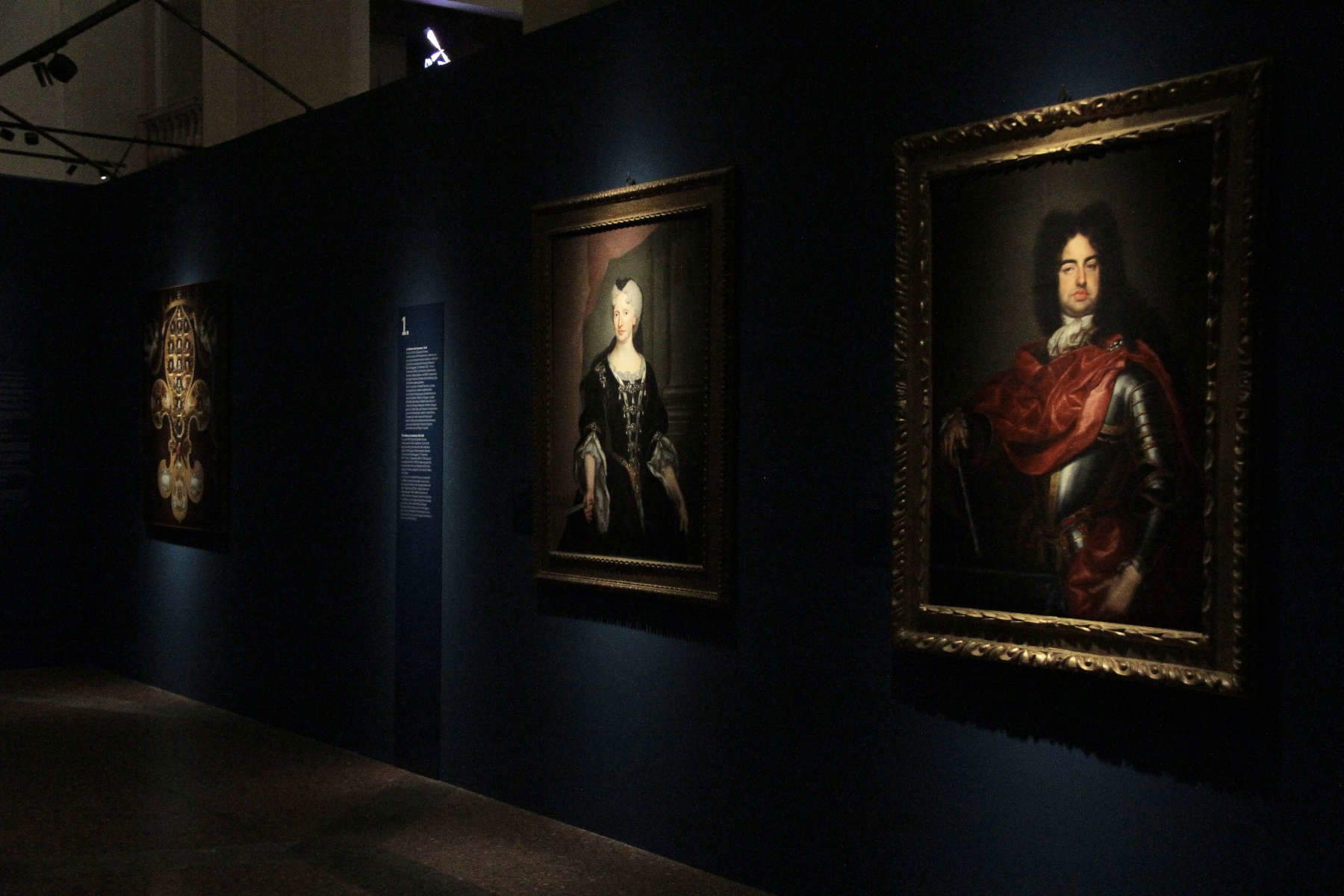

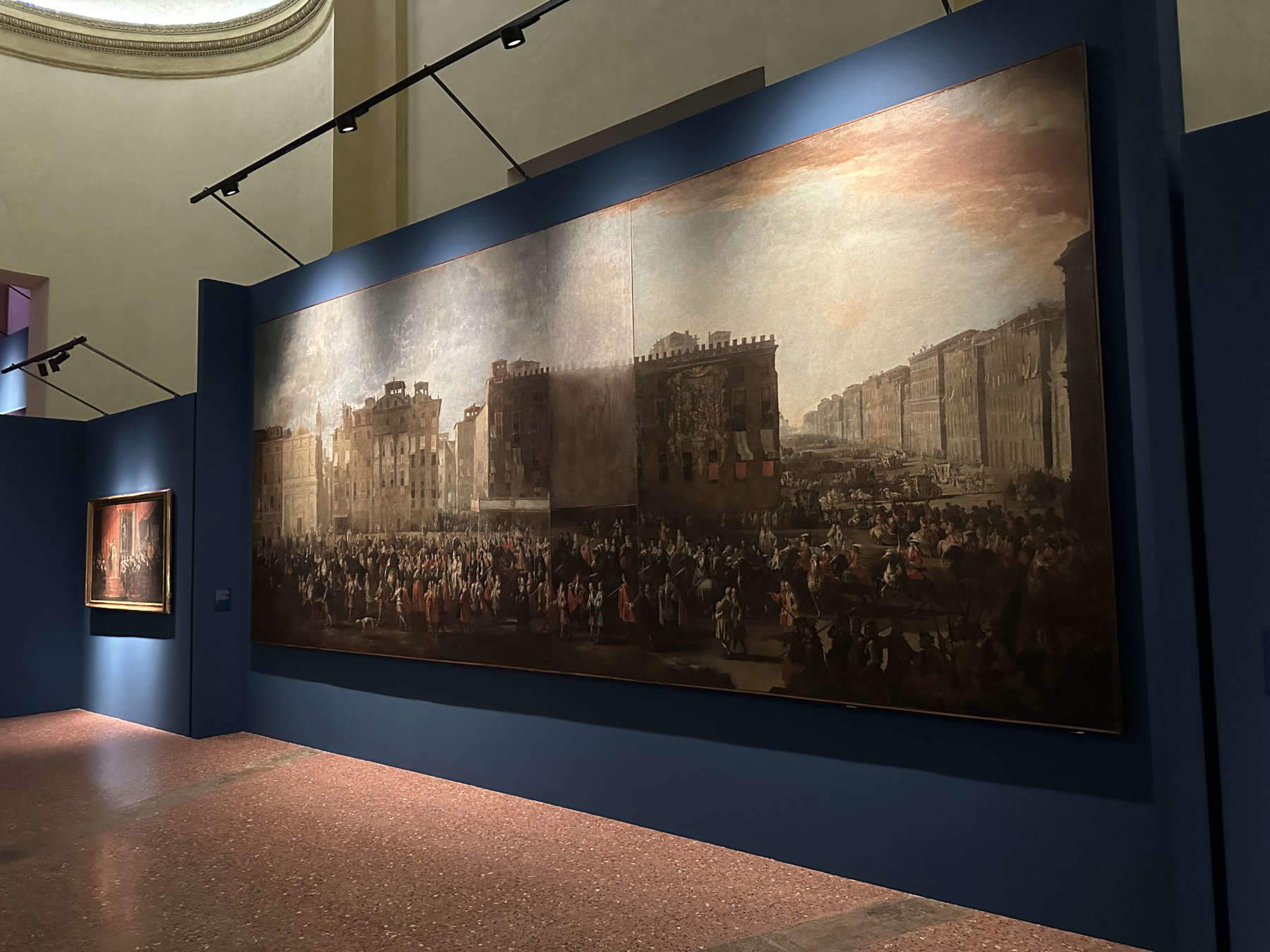
Another of the points on which you have insisted a great deal since you took office as director of the Civic Museums of Palazzo Farnese is popularization, an aspect that has long been neglected by museums but on which they are now trying to catch up. What kind of popularization do you have in mind for the museum?
A scientific popularization, certainly, understandable to audiences of different backgrounds. We absolutely must not feed people what they want to hear in order to get an easy consensus. The museum must educate, and the museum experience must take this into account. Communication must be simple and content must turn into storytelling, with a beginning, a development and an end. Technology, like a good guide, is a key tool for popularizing the museum by helping to dispel that preconception of the museum as a boring place. It should not scare us away (although, I understand, many times it is abused) but should be considered among the best practices for experiencing the museum and dealing with different cognitive abilities. They are now a tool that cannot be ignored and that helps to make the museum more and more of everyone. On the other hand, accessibility (and I am not just referring to physical accessibility") is the new challenge. It is crucial to ensure it on a par with affordability.
What do you mean by affordability of a museum?
It’s about everyone being able to enjoy a basic right. In addition to the first Sunday of the month that for one euro you can visit the museum, we are about to launch the “suspended ticket,” an operation now present in many cities: it consists of offering a museum ticket, valid on any day (so, not only on Sundays) to those who perhaps cannot bear the cost. In Naples we do it with coffee. Those who can pay for two coffees: one for themselves and one for someone else. Everyone should be able to come to the museum. I strongly believe in the importance of art in everyone’s life. Beauty makes us better women and men.
Again, another aspect is didactics, which is different from outreach: how are you doing on this ground?
Education is really functional for the museum, and here in Piacenza I have found a very solid reality: we have educational workshops for children, schools and families. I must say that from this point of view I am very satisfied and I will continue in this direction. Doing and learning are important activities to acquire new information, and this is valid not only for children. Training and informing also applies to us adults!
A couple of questions before we head to the conclusion. Is it possible any exhibitions you will organize in the future?
They will be exhibitions that, as in the case of the one on Elisabetta Farnese, will dialogue with the Museum and have a solid link with the territory. It would be interesting to organize an exhibition on still life in Piacenza investigating Felice Boselli and the painter Margherita Caffi more closely. Here in Piacenza we have not only Botticelli, Klimt and the Guercino, but the Morazzone who worked in the city in 1626 or Robert De Longe, a great Flemish painter, much loved by the Farnese family who, at the end of the 17th century, imposed himself on the Piacenza scene. It will therefore be a matter of questioning.
To conclude, a slightly more personal question. You have had several important experiences in the art world before becoming director of the Civic Museums of Palazzo Farnese, but the one in Piacenza is your first experience as a museum director. What does it mean for an art historian like you to direct an institution like the Musei Civici di Palazzo Farnese?
It is an important experience, which is making me grow, which is giving substance to my previous experiences. Running a museum is research, outreach, collection care, bureaucracy, staff management, spending chapters, resource constraints, maintenance, restoration, enhancement, exhibitions, and last but not least, public feedback. In short, so many things! But it is a complexity that does not frighten me. I really hope in the coming years to be useful to the museum.
Warning: the translation into English of the original Italian article was created using automatic tools. We undertake to review all articles, but we do not guarantee the total absence of inaccuracies in the translation due to the program. You can find the original by clicking on the ITA button. If you find any mistake,please contact us.